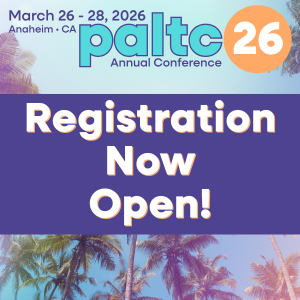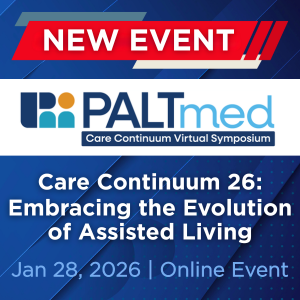CPG Implementation Series
Showing 37 - 48 of 57 results
CPG Teaching Slides
Pain Management in the PALTC Setting Teaching for CNAs
These teaching slides on Pain Management emphasizes how the CNA is often the first member of the IDT to recognize a patient in pain. With an easy to understand methods that are utilized by nursing staff of recognition, assessment, treatment and monitoring, the CNA can utilize the different pain scales to h...
CPG Pocket Guides
Pain Management Pocket Guide (Set of 5)
Pain management in post-acute/long-term care (PALTC) is identified in a step-wise approach for patients in this setting. This quick reference pocket guide includes the general principles for prescribing and titrating opioids including opioid titration options. Pain medications, as well as non-pharmacologic...
Long Term Care Information Series
Palliative Care in the Long-Term Care Setting
Professionals caring for frail older adults understand that the percentage of patients dying in hospitals is decreasing while the percentage of patients dying at home or in post-acute and long-term care (PALTC) facilities is increasing. Patients may experience physical, emotional, and spiritual suffering ...
Practice Management Tools
PALTmed Model Medical Director Agreement and Supplemental Materials: Medical Director of a Nursing Facility
This package serves as a guide for agreements for medical director services in nursing facilities. It includes a model agreement between the medical director and the nursing facility; performance requirements and the roles and responsibilities of a medical director; PALTmed’s statement on compensation for ...
CPG Pocket Guides
Parkinson's Disease & Psychosis In The Paltc Setting Pocket Guide (Set of 5)
“Parkinson’s Disease and Psychosis in the Post-Acute and Long-Term Care Setting” is a new pocket guide developed by geriatricians, neurologists, and movement disorder specialists from Post-Acute and Long-Term Care Medical Association (PALTmed). The guide includes an extensive glossary to clarify terminolog...
Clinical Practice Guidelines (CPG)
Parkinson's Disease CPG
This package includes the Parkinson’s Disease Clinical Practice Guideline, and the Parkinson’s Disease & Psychosis in PALTC Pocket Guide. Parkinson’s disease (PD) is a progressive, neurodegenerative movement disorder. While there is no known treatment, the symptoms can be controlled with medication,...
Clinical Practice Guidelines (CPG)
Pressure Ulcers & Other Wounds CPG
Newly updated, the Pressure Ulcers and Other Wounds CPG now includes information regarding arterial and venous ulcers, in addition to pressure ulcers, as well as the new NPUAP staging terminology. Pressure ulcers and other wounds remain a major cause of mortality and morbidity in PALTC, affecting an est...
CPG Pocket Guides
Pressure Ulcers and Other Wounds Pocket Guide (Set of 5)
A quick reference guide for healthcare practitioners and providers gives recommendations from the PALTmed Pressure Ulcers & Other Wound Clinical Practice Guideline to assist the clinician in healthcare decisions for different skin issues. Surveyor Guidance for risk factors in developing pressure ulcer...
CPG Teaching Slides
Pressure Ulcers Teaching Slides
Pressure Ulcer Teaching Slides for Nurses These teaching slides are created for nurses caring for patients in the PALTC setting. The slides are presented in an easy to learn format identifying patients at risk, locations of pressure ulcers, early recognition of pressure ulcers and the factors that can a...
Practice Management Tools
Recommendations for Completing Death Certificates
Designed to assist physicians through the complicated process of completing a death certificate, the guidelines include information on understanding the legal definition of death; the roles held by physicians, coroners, medical examiners, and non-physician practitioners during the process of pronouncing an...
Long Term Care Information Series


